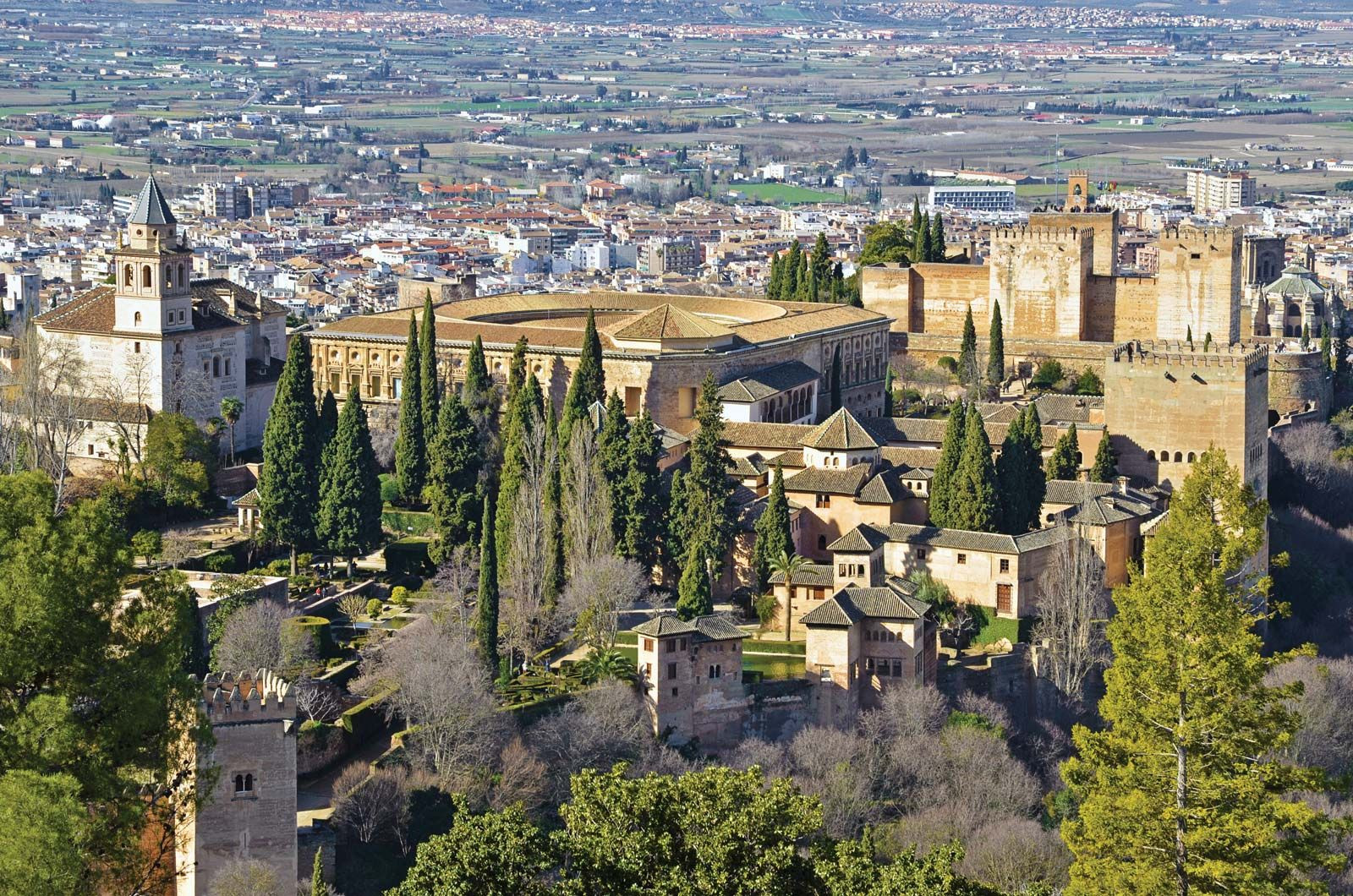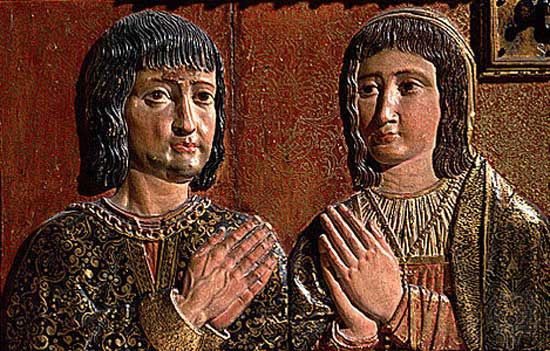Granada, a city steeped in history and brimming with cultural treasures, is nestled in the heart of Andalusia, Southern Spain. As the capital of the Granada province, it occupies a captivating location on the northwestern slopes of the Sierra Nevada mountains, rising 2,260 feet (689 meters) above sea level. This unique setting, where the Genil and Darro rivers converge, provides a stunning backdrop to a city renowned for its Moorish heritage and Spanish charm.
The city’s geography is intimately linked to its identity. The Genil River meanders through Granada, while the Darro River, though smaller due to irrigation, flows into the city from the east before joining the Genil. Historically, the Darro was a more significant waterway, but its course through the city is now largely canalized and covered. Granada’s position at the foot of the Sierra Nevada not only influences its climate but also contributes to its dramatic landscapes and access to both fertile plains and mountainous terrain.
Alhambra Palace in Granada Spain showcasing intricate Moorish architecture and historical significance within the Andalusian landscape.
Granada’s name itself carries historical weight, potentially derived from the Spanish word “granada,” meaning pomegranate, a fruit abundantly grown in the region and featured on the city’s coat of arms. Alternatively, it may stem from its Moorish name, Karnattah or Gharnāṭah, possibly translating to “hill of strangers,” hinting at its long history as a crossroads of cultures. The city’s roots trace back to an Iberian settlement, Elibyrge, in the 5th century BCE, followed by the Roman settlement of Illiberis. However, Granada truly flourished as the seat of the Moorish Kingdom of Granada, becoming the last bastion of Moorish rule in Spain until its fall to the Catholic Monarchs, Ferdinand II and Isabella I, in 1492.
Royal Chapel of Granada displaying a relief of Ferdinand II and Isabella I highlighting their role in Spanish history and Granada’s Christian heritage.
Today, Granada stands as one of Spain’s most popular tourist destinations, drawing visitors with its wealth of architectural and artistic treasures. The city’s skyline is punctuated by numerous churches, convents, monasteries, and palaces, reflecting its rich religious and aristocratic past. The Gothic Cathedral of Santa María de la Encarnación, built between 1523 and 1703, dominates the city center. Within its walls lies the Royal Chapel (Capilla Real), a significant site housing the tombs of Ferdinand and Isabella and displaying elaborate heraldic decorations. The cathedral’s interior is adorned with jasper and colored marble and features paintings and sculptures by the renowned artist Alonso Cano. Other notable religious sites include the Cartuja, or Carthusian monastery, dating back to 1516, and the restored monastery of San Jerónimo.
Court of the Myrtles in the Alhambra showcasing classic Moorish garden design and architectural harmony within Granada Spain.
Granada is also a city of learning, home to the University of Granada. Founded in 1526 and officially chartered in 1531, the university is now located in a former Jesuit college, contributing to the city’s vibrant intellectual atmosphere. Monuments such as the statues of Christopher Columbus and Queen Isabella, created by Mariano Benlliure, at the Monument of the Agreements, further emphasize Granada’s pivotal role in Spanish history and exploration.
Generalife Gardens in Granada featuring serene pools and lush greenery highlighting Moorish landscaping and peaceful retreats within the Alhambra complex.
Venturing into the Albaicín (Albayzin) quarter, located northeast of the city center, is like stepping back in time. This oldest part of Granada is characterized by narrow, winding cobbled streets and traditional cármenes – Moorish-style houses. The Albaicín, bordered by the Darro River to the south, offers breathtaking views of the Alhambra, perched on the opposite hill. The Alhambra itself, a magnificent Moorish palace, along with the Alcazaba fortress and the Generalife, the summer palace of Moorish sultans, forms an iconic complex. Nearby stands the 16th-century Palace of Emperor Charles V, a testament to later Spanish architectural styles. Other Moorish landmarks include the Cuarto Real de Santo Domingo, a 13th-century villa, and the Alcázar, a 14th-century palace for Moorish queens. The Alhambra and Generalife are recognized as a UNESCO World Heritage site since 1984, with the Albaicín added to the list in 1994, solidifying their global significance.
South of the city center lies Granada’s modern administrative and commercial district, while the western part of the city is predominantly residential. Granada maintains a lively trade in agricultural products and produces goods ranging from liqueurs and soap to paper, textiles, metals, and machine parts. Culturally, Granada is a significant venue for an international festival of music and dance, reflecting its vibrant artistic spirit. Tragically, Granada is also remembered as the place where the renowned Spanish poet and playwright Federico García Lorca was executed in 1936, during the Spanish Civil War, marking a somber point in the city’s modern history.
In conclusion, Granada is geographically located in Andalusia, Southern Spain, at the foothills of the Sierra Nevada mountains, where the Genil and Darro rivers meet. More than just a point on a map, Granada is a city where history, culture, and geography converge, offering a unique and unforgettable experience for all who seek to discover its wonders.


 Ferdinand and Isabella
Ferdinand and Isabella